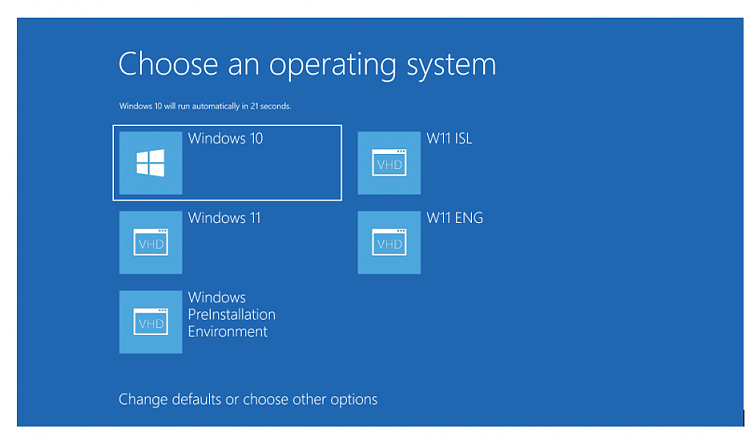New
#11
My opinion:
- With a SSD it makes not much difference if you use Fast Start or not. On my Win 10 it is turned off. I never had the issues NavyLCDR mentioned on post #5. I have Win 7 and Lubuntu in one M.2 drive and Win 10 on a 2.5" SSD. Win 7 is my default (first BIOS option). I boot the Lubuntu or Win 10 launching the boot menu (F12) during POST.
- Correct if I'm wrong. If you add another Windows to a boot manager and you choose to boot from a different Windows it will reboot, taking more time than by launching a boot menu.


 Quote
Quote
